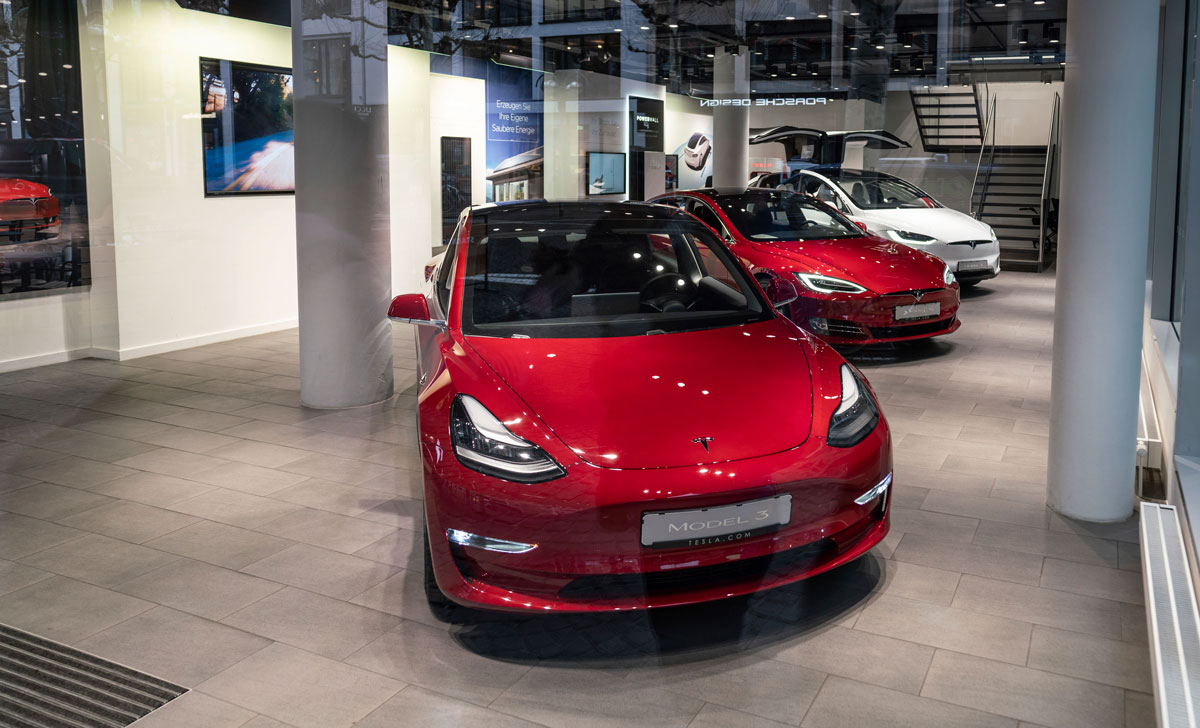Tesla’s Model 3 autopilot mode was activated seconds before a fatal crash

It’s the third fatal crash in the US where Tesla’s autopilot mode was switched on.
The news: The driver, Jeremy Banner, activated the autopilot feature on his Tesla Model 3 about 10 seconds before he crashed into a semi truck on March 1 in Delray Beach, Florida, according to a preliminary report from the US National Transportation Safety Board.
The car was traveling at about 68 miles per hour before it collided with the truck as it crossed the highway, tearing off the car’s roof and killing Banner. Tesla said the vehicle did not detect Banner’s hands on the wheel during impact, and neither he nor the autopilot system tried to swerve, the report states.
A precedent: This is the third Tesla crash of this type. The first was on May 7, 2016, also in Florida, and the second was on March 23, 2018, in Mountain View, California.
Tesla’s response: The company says its cars have driven over one billion miles with autopilot activated. A spokesperson told the Register that autopilot makes journeys safer when “used properly by an attentive driver who is prepared to take control at all times.”
However, CEO Elon Musk has repeatedly claimed that the software is almost at the point where drivers do not have to pay attention to the road. It’s possible that some customers may believe the software to be more advanced than it actually is, luring them into a false sense of security.
Sign up here to our daily newsletter The Download to get your dose of the latest must-read news from the world of emerging tech.
Keep Reading
Most Popular
Large language models can do jaw-dropping things. But nobody knows exactly why.
And that's a problem. Figuring it out is one of the biggest scientific puzzles of our time and a crucial step towards controlling more powerful future models.
The problem with plug-in hybrids? Their drivers.
Plug-in hybrids are often sold as a transition to EVs, but new data from Europe shows we’re still underestimating the emissions they produce.
Google DeepMind’s new generative model makes Super Mario–like games from scratch
Genie learns how to control games by watching hours and hours of video. It could help train next-gen robots too.
How scientists traced a mysterious covid case back to six toilets
When wastewater surveillance turns into a hunt for a single infected individual, the ethics get tricky.
Stay connected
Get the latest updates from
MIT Technology Review
Discover special offers, top stories, upcoming events, and more.